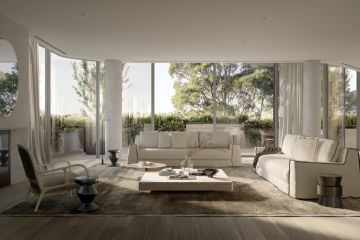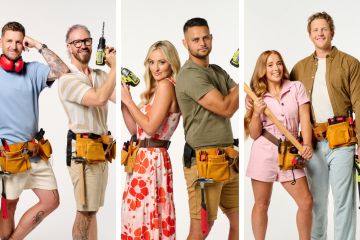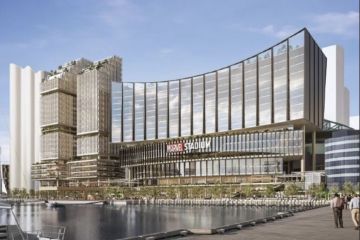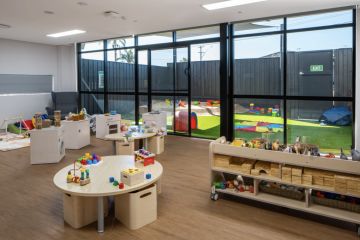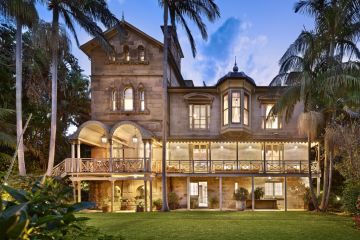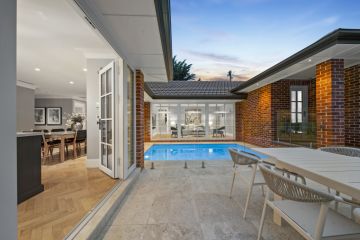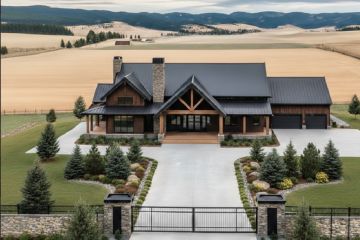Jacob is looking for his next home, but worries he’ll have to compromise more than most
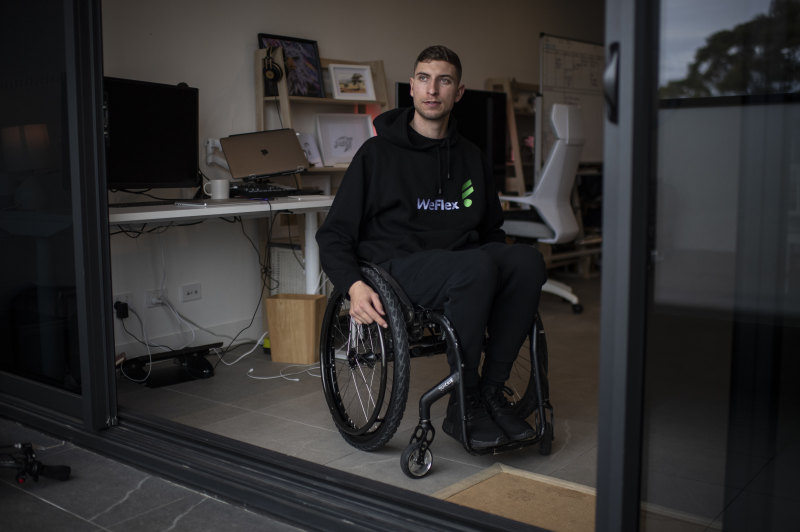
Like many young people in Sydney, Jacob Darkin is on the hunt for a rental property after being told the home he now leases is for sale.
While he’s looking for a property in Parramatta to be close to work and family, the 25-year-old who uses a wheelchair fears he may not be able to find anything accessible in the suburb.

“Where you live shouldn’t be changed by having a wheelchair – you should be able to live anywhere,” Darkin said.
The reality of not being able to find an accessible home, in a suburb of their choosing, is an issue that thousands of people with a disability are facing across NSW.
Darkin considers himself lucky to live in a home with an accessible bathroom and bedroom, but still cannot independently access his balcony, and he knows many others have it far worse.
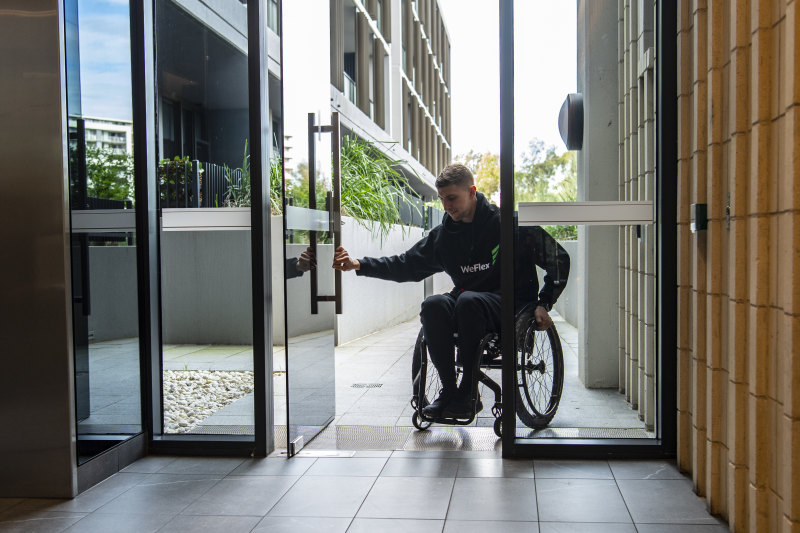
Peak bodies including the Physical Disability Council of NSW are pushing the state government to ensure newly built homes can be accessed by people in a wheelchair, by adopting an opt-in section of the National Construction Code – a framework for new building construction with some parts where states can opt out.
Accessible homes would need to be built with wider doors, so people can enter and exit the home easily, have wider hallways and feature accessible bathrooms and bedrooms, so people can have somewhere to sleep that’s not a living area.
While other states, including Victoria, have adopted the opt-in section of the code, NSW is still holding out from making this part mandatory.
The NSW government has adopted a “silver accessibility standard” for social and affordable homes being built, but argues that adopting the National Construction Code’s opt-in accessibility measures for private rentals would cost too much.
“A Regulatory Impact Statement (RIS) was carried out by the Australian Building Codes Board to assess the proposed opt-in measures,” A NSW government spokesperson said. “The RIS identified the proposal would result in a significant net cost to the community, with impacts on both housing costs and the construction sector.”
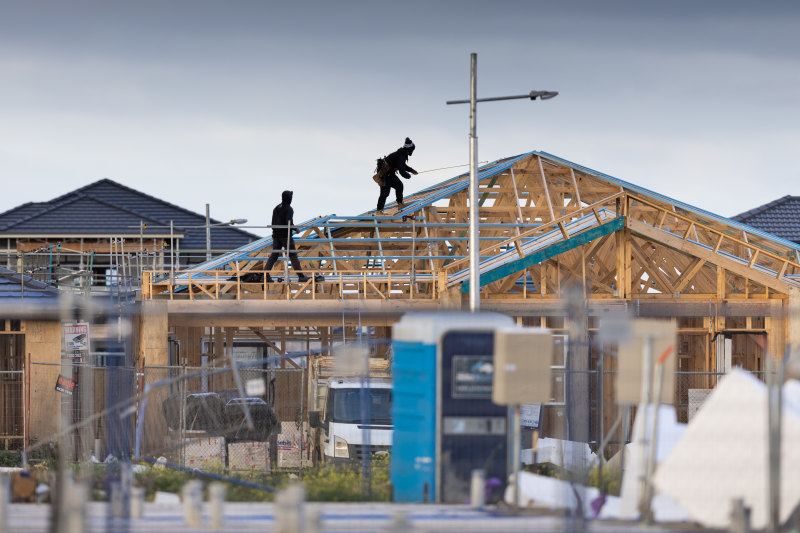
Physical Disability Council NSW chief executive Serena Ovens said the government needed to do more for people with a physical disability, saying the cost argument did not stack up.
People who could not find an accessible home are forced to make major compromises, such as being unable to shower properly, or forced to sleep in downstairs living areas rather than a bedroom, she said.
“Thousands of people with a physical disability are really struggling – they shouldn’t have to say ‘Which areas are suitable for me?’ They should be able to choose anywhere to live,” Ovens said.
This also affects visiting friends and family.
“At the moment, many people are very limited as to where they can go,” Ovens said. “They can’t go to parties or have an after school stay, and they can’t go simply because they can’t get through the front door.”
Changes to the building code would not only help those with a physical disability to access housing, but would also make it easier for those heading into older age, or even new parents with prams trying to get up and down stairs, she said.
National Shelter Vice Chairperson John Engeler said it was not just an issue of adopting the new code, but also retrofitting existing homes.
“We’ve got so many existing properties, and given 1 per cent of NSW homes are built every year, it would take 100 years before any real change comes,” Engeler said. “People with a disability shouldn’t miss out on the amenities everyone else gets.”
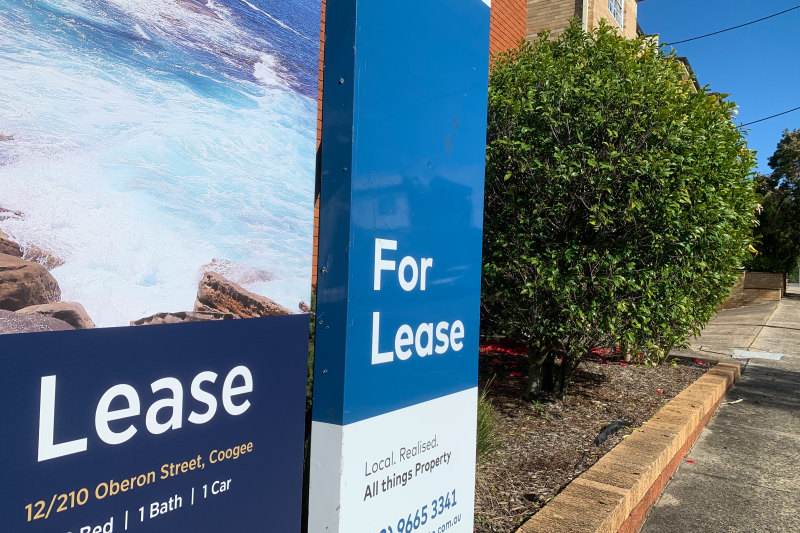
While Darkin is still looking for a rental, he is advocating to make housing more accessible, having first-hand experience of the struggle to find an accessible home.
He was left a quadriplegic after having an accident when trying to impress a girl.
“We were at a market and I did a front flip and didn’t land properly,” Darkin said.
His C5 and C6 vertebrae near the base of his neck were compressed and he bruised his spinal cord. He spent nine months in hospital to recover and had to learn how to eat, breathe and move again.
He said having an accessible home would mean he could live more independently and he would be able to have his “wheelchair friends” over for a visit.
“You should be able to find a place to live and not have to compromise as well – you shouldn’t have to compromise your quality of life,” Darkin said.
We recommend
States
Capital Cities
Capital Cities - Rentals
Popular Areas
Allhomes
More
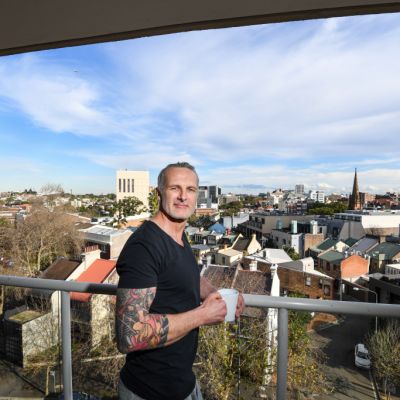
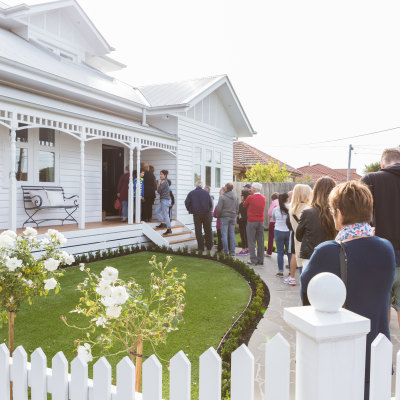
/http%3A%2F%2Fprod.static9.net.au%2Ffs%2F43503027-4c71-4a59-acac-98fa9037abbf)
